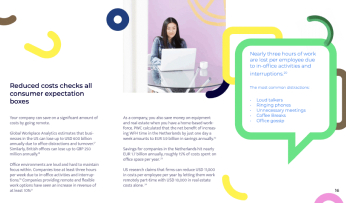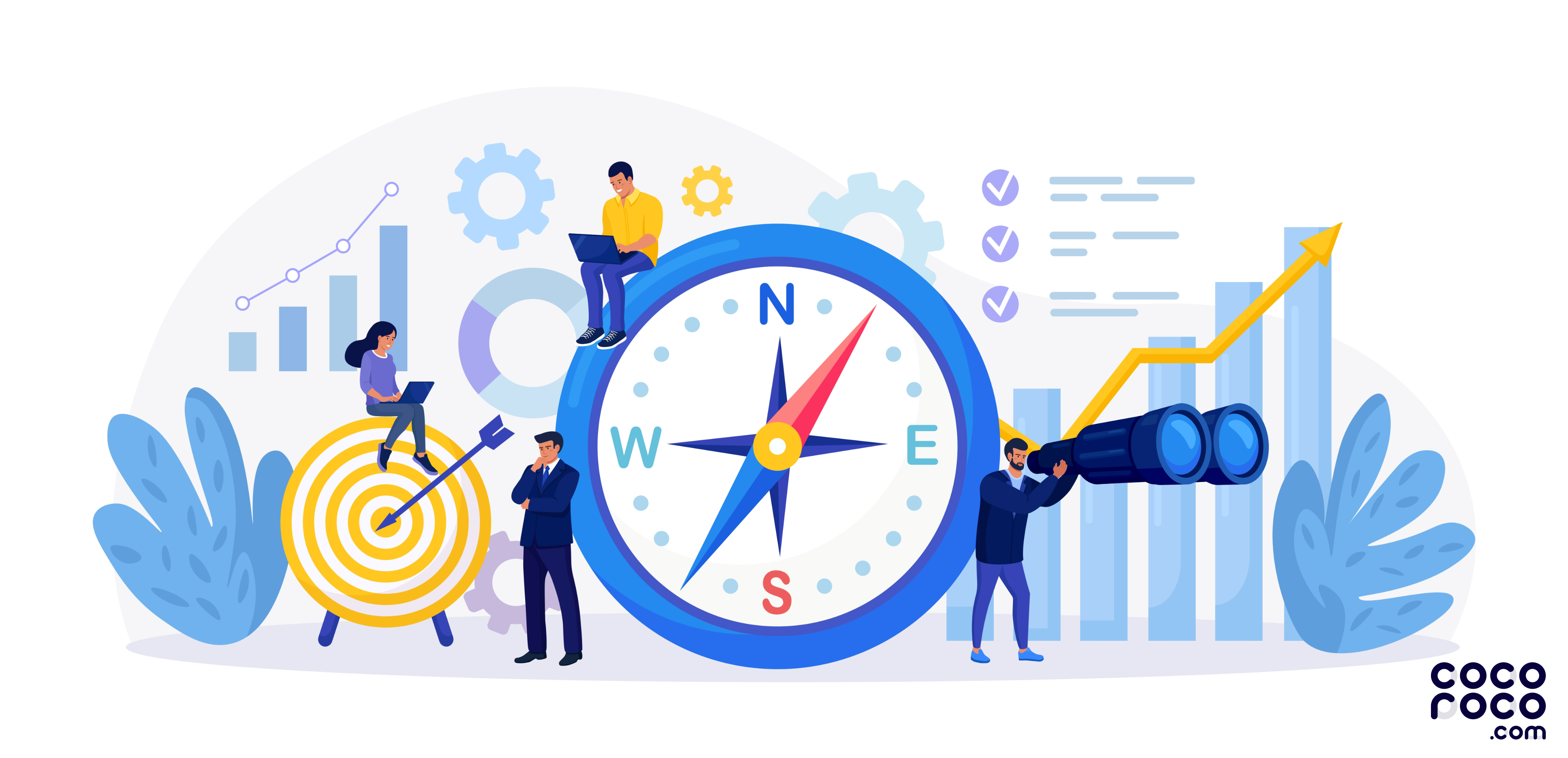We’ve all had to call customer support at some point in life. And however simple or complex the problem, we want a speedy solution.
Is there anything more tedious than having to call back repeatedly to fix stuff that shouldn’t be broken in the first place?
We want a perfect (*chef’s kiss*) first contact resolution (FCR).
And if you’re serious about the quality of your customer service, FCR is an important metric to track.
How do you calculate FCR in customer service?
As a percentage, FCR measures your ability to solve customer issues the first time they call in.
The common industry standard to calculate first call resolution uses this gross formula:
FCR = TOTAL CASES RESOLVED ÷ TOTAL CASES X 100
However, this is very general and doesn’t include precise exceptions or conditions your business might need to define its own FCR.
For more accuracy, you can use a net FCR formula:
FCR = TOTAL CASES RESOLVED ÷ TOTAL CASES – CASES NOT SOLVABLE IN THE FIRST INSTANCE X 100
This net formula is a better way to measure FCR as many issues require more interactions to resolve.
Determining what FCR is eligible or ineligible helps you get a more accurate percentage. But you’ll also need to define variables that affect your FCR.
For now, it’s good to know that the most common use of FCR is to see how well your team handles customer support requests the first time around, without having the customer call back.
Variables to consider when determining FCR
Tailor what FCR means for your business so you can track and improve your service performance.
When planning what constitutes FCR for your service, consider these variables:
Considerations for contact channels
- When a customer pings you on unofficial channels (social media)
- If they open multiple channel complaints on the same issue
- Incorrectly addressed emails or if they call the wrong department
Time-frame considerations
- The window of time given for a customer to follow instructions
- Reopened tickets or return calls if they can’t follow directions
- Allocated time-frames outside business working hours
Other exceptions that can affect FCR
- If a customer abandons a chat due to any reason
- When an issue needs to be escalated for more support
- When an issue needs to be transferred to the relevant department
What does high or low FCR indicate?
According to many industry reports, a good FCR average is between 70% and 75%. If your FCR is too high or too low, several things may be going wrong with your service.
Here are a few common challenges you might encounter in each case:
High FCR might compromise quality service
Is your team too pressured to follow average handle time goals?
Closing chats or tickets quickly to stay within AHT can result in high FCR but disappointing service.
As a result, your customers are opening multiple support requests to resolve issues improperly addressed when they first called.
But why is that?
High FCR might be hiding customer effort
Giving too much information can be overwhelming and might trigger callbacks. When customers call back, they’re still experiencing the same issue but are more frustrated.
(Usually, because the customer didn’t follow the instructions or followed them incorrectly leading to a new issue).
On your side however, the issue was closed within FCR as the correct solution was provided, leading to misunderstanding despite good FCR.
Low FCR might indicate customer pain
Are your customers unable to reach you because of technical issues?
If you receive a lot of callbacks, your chatbots and IVR systems might not be working as intended. Perhaps your self-service portals are confusing, or customers find it hard to reach the right support person.
If you’re unsure, this is always worth a check.
Low FCR could mean critical issues at the service level
Do your agents have enough knowledge, resources, and tools to resolve issues fast?
Long hold times could make customers drop out of chats or calls before receiving an answer. Ask yourself what unnecessary escalations might be in your way or how empowered your agents feel.
Why is FCR important?
Measuring FCR gives you a good idea about the efficiency of your service. If you prioritise first contact resolution, you also maximise team productivity with fewer follow-up requests.
FCR is critical for the growth of your business for a few reasons. FCR:
Increases customer purchase
❗If you solve an issue in one call, your customers’ trust in your business increases.
Salesforce found that 9 out of 10 customers felt that a good service experience increased their desire to purchase from a company again.
Significantly reduces customer churn
❗Staying within FCR is the best way to handle unhappy customers.
McKinsey claims that even the most dissatisfied customers were 800% more satisfied after good service. It also reduced churn by almost 60%.
Retains customer loyalty
❗Providing a successful first contact resolution for a customer can strengthen your relationship with them.
Microsoft found that 95% of people would stay loyal to a brand if they experienced good service.
It’s time to reevaluate your FCR
If you’ve run into FCR troubles, you’re lucky. There’s never been a better time to improve your FCR than now.
Whatever you do, ensure your FCR makes sense for your particular service model, and you’ll have a productive, happy team unplagued by never-ending tickets.










